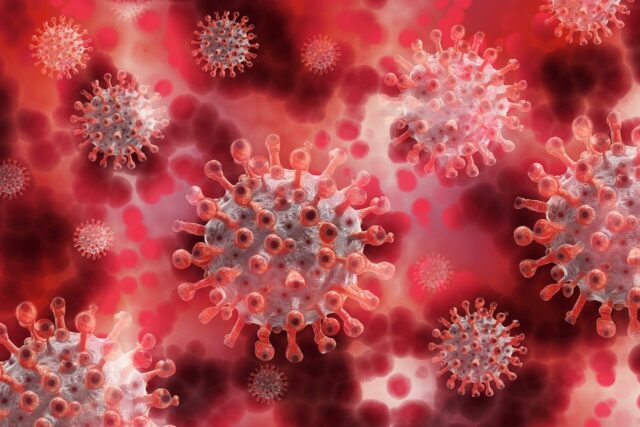
Apheresis, or plasma donation, is essential as it can help save critical patients. Plasma donation requires blood to be drawn out, which is then used to extract plasma. Once completed, the remaining blood is sent back into the bloodstream through the needle placed in the arm.
Since plasma is in high demand and is a cure for many illnesses such as cancer, you might want to consider donating plasma yourself. However, make sure you donate at a renowned facility and only allow expert individuals to handle blood work, such as the ones on this site.
The National Institutes of Health claims that plasma donation is safe and that even getting incorrect blood back does not cause any harm. FDA-regulated equipment and methods make it even safer. The FDA even asked for plasma donations for COVID-19 in May 2020, as it was believed that some people had the antibodies required to fight the disease.
If you want to donate some plasma yourself, you will be glad to know that you can donate every 28 days, nearly 13 times annually. Read on to learn more about plasma donation:
What Is Blood Plasma?
Plasma is the liquid content in the blood that carries the white blood cells, red blood cells, and platelets. Along with helping maintain blood pressure, it is also responsible for carrying hormones, minerals, proteins, enzymes, and nutrients.
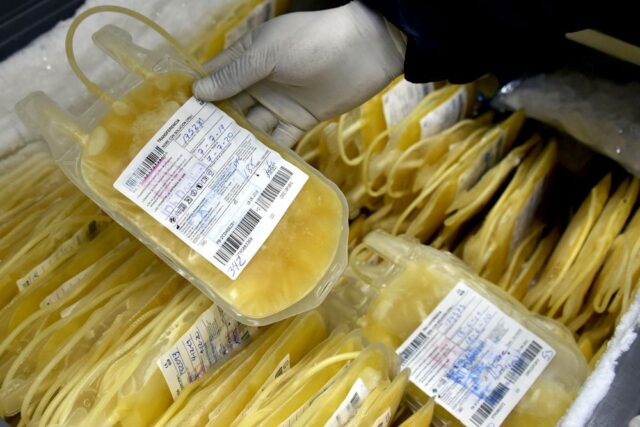
Plasma is 90% water with tons of antibodies to combat various infections. It also has coagulants like albumin and fibrinogen that help form blood clots and heal wounds. Plasma makes up 55% of the blood and is pale yellow. People with the AB blood type are considered universal plasma donors, unlike the O-negative blood type, which is considered universal for blood donations.
What Is the Main Function of Plasma?
- Plasma carries enzymes, hormones, and nutrients to various cells throughout the body
- Plasma supports body growth through the supply of growth hormones
- Plasma contains blood clotting enzymes that are necessary to stop bleeding
- Plasma helps regulate blood volume and pressure
- Plasma carries away chemical waste from cells for excretion by dissolving them
- It contains many antibodies to keep the immune system strong by warding off diseases and infections
Is Plasma Donation Safe?
If you have donated blood, then plasma donation should feel no different. Make sure to go to an IQPP (International Quality Plasma Program) certified center to ensure they follow the correct procedure and use sterile equipment. This will prevent the transmission of diseases and ensure the process is handled by professionals and goes smoothly.
Does Donating Plasma Hurt?
Donating plasma should not hurt and should feel similar to a blood donation. At most, you will feel the prick of a needle when it is inserted into your arm for extraction. In most cases, a professional will be so well-trained that you will not feel this prick either.
Is Everyone Qualified to Donate Blood Plasma?
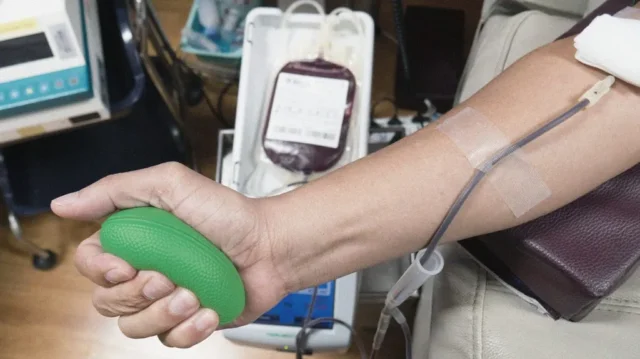
No, not everyone can donate blood plasma, and specific requirements must be met to be eligible:
- Must be an adult over 18 years of age
- Must weigh more than 50 kilograms or 110 pounds
- Donors must pass a medical screening test
- Blood must not be affected by diseases such as hepatitis, HIV, Babesiosis, or Chagas disease
- Medical history must be clean
- Donors must have an AB positive or negative blood type
- Blood should be free from drugs and steroids for the last three months
Side Effects or Risks Involved in Plasma Donation
Most people experience no side effects, while others feel a few symptoms. Let’s look at these below:
- Dizziness or lightheadedness
- Feeling weak or faint due to dehydration
- Allergic reactions include redness, swelling, itching, or hives near the pricked area
- Bruising and bleeding at the needle insertion site
- Inflammation
What Are the Risks?

The plasma donation procedure is often stopped if patients experience:
- Nausea
- Vomiting
- Low blood pressure
- Twitching
- Fainting
- Arterial punctures
- Nerve injury
- Irritation
- Hemolysis
- Citrate reaction
- Air embolism
Why Donate Plasma?
Doctors can use plasma to treat an array of illnesses. Since plasma contains tons of antibodies and chemicals required by the body to ward off infections and keep the immune system strong, it can be highly beneficial to heal burns and trauma from accidents.
Some donors may have special plasma meaning they have rare antibodies or proteins that can be used to develop medicine for rare conditions. It can also be used to treat immune system problems.
Different types of cancers are found in both adults and children. Some of these, such as leukemia, require plasma transfusions. Liver or bone marrow transplant surgeries also call for plasma donation.People with hemophilia or blood that does not clot well enough can also be treated through a plasma transfusion.
Conditions That Can Be Treated Through Plasma Donation
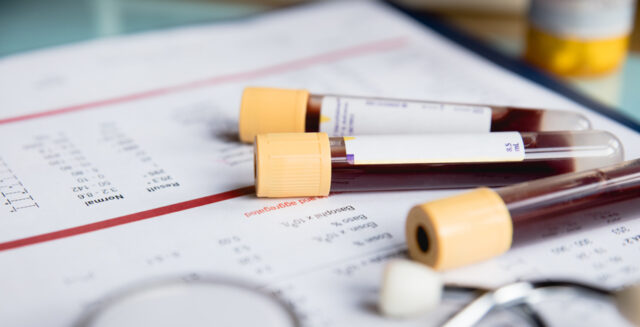
- Cancer
- Immune system deficiency or disorders
- Respiratory disorders
- Hemophilia
- Autoimmune disorders
- Liver problems
- Surgical bleeding
- Burns
The Process Of Plasma Donation
Plasma donation is a lengthy process, taking around 15 minutes to an hour for just donating. The procedure itself, however, takes around 40 minutes. If you are going for a plasma donation, make sure you do not have any commitments near your slot. Paperwork may also take time when you donate for the first time.
Pre-Donation
A professional at the donation center will:
- Check the donor’s health by measuring blood pressure, hemoglobin levels, temperature, and heart rate
- Check documents and create paperwork to ensure there are no issues in their medical history
During Donation
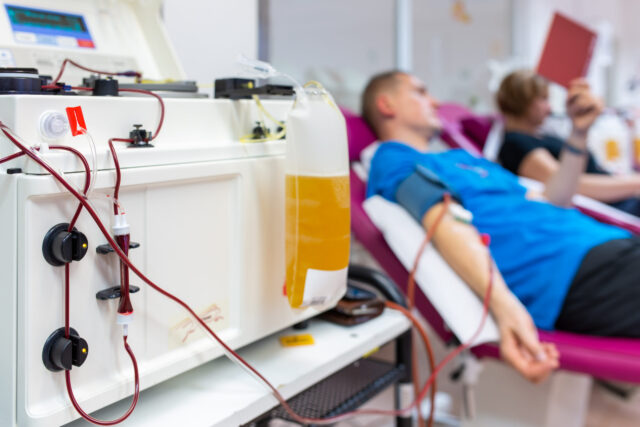
- The donor is asked to sit on a reclining chair or couch as the procedure will take some time. They are made as comfortable as possible
- The donor’s arm is prepped up by sanitizing it
- The phlebotomist inserts a brand new and sterile needle into the arm vein
- Blood flows from the needle to the machine
- The machine filters out plasma and sends the remaining platelets, red blood cells, and a saline solution back to the bloodstream
- The process continues for about 15 to 60 minutes
- Once transfusion is complete, the needle is removed carefully, and the puncture is dressed to prevent infection and bleeding
- The donor is asked to rest for 10 to 15 minutes, after which they can have a snack and a drink
- The plasma is naturally replaced within the body in 48 hours, given that the donor is a healthy adult
Can Side Effects Be Prevented?
Although the chance of experiencing side effects is relatively low, it is still a good idea to take some steps to help prevent them altogether:
- Since plasma is almost 90% water, drinking plenty of water before donating is a smart move. This will prevent dehydration after the process
- Eat a small meal or snack before donation so that you do not end up low on energy after donating. This can also prevent nausea, dizziness, fainting, or lightheadedness
- Do not indulge in exercise or strenuous activities before donating. It is a good idea to be well rested and at peace of mind before you go
- Make sure you book your appointment beforehand, so you have enough time to prepare. Be sure you carry the necessary documents
Endnote
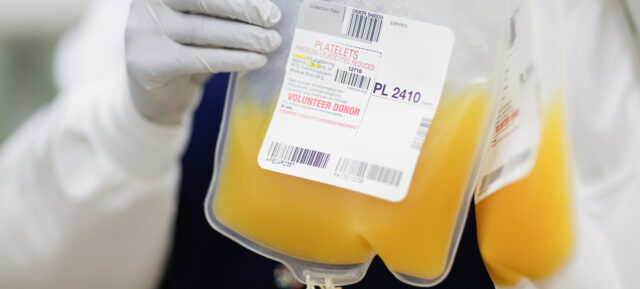
Plasma donation is usually safe if hygiene and care are taken during the transfusion process. Make sure to be well rested, energized, and hydrated before you decide to donate. Ensure you go to a certified center and do not have a medical history or serious illness. Always plan ahead so that you have enough time on your hands to donate, as the procedure may take an hour or more to finish.












